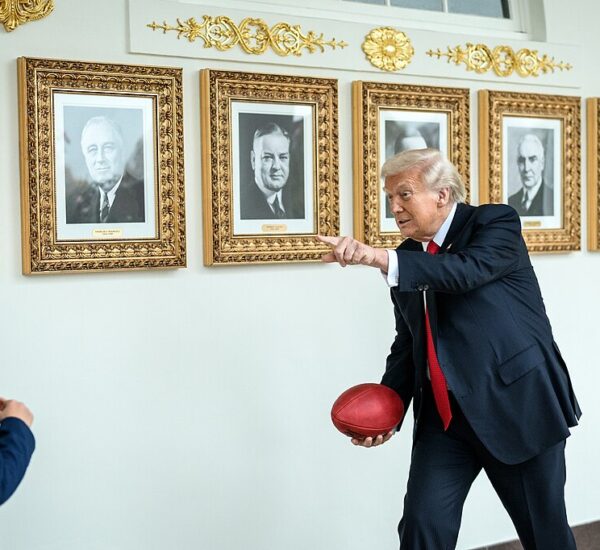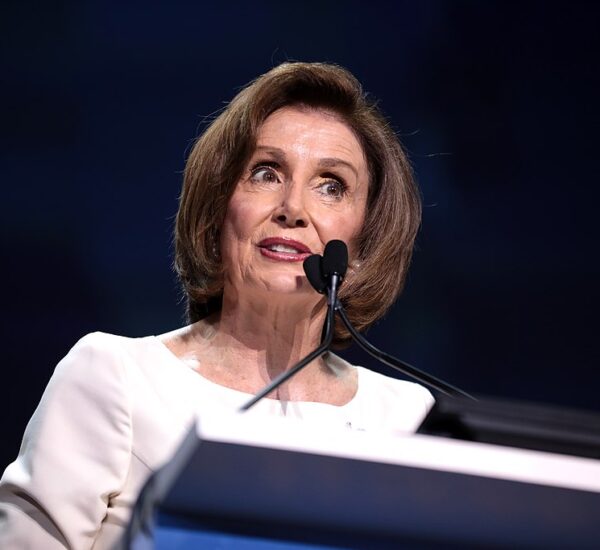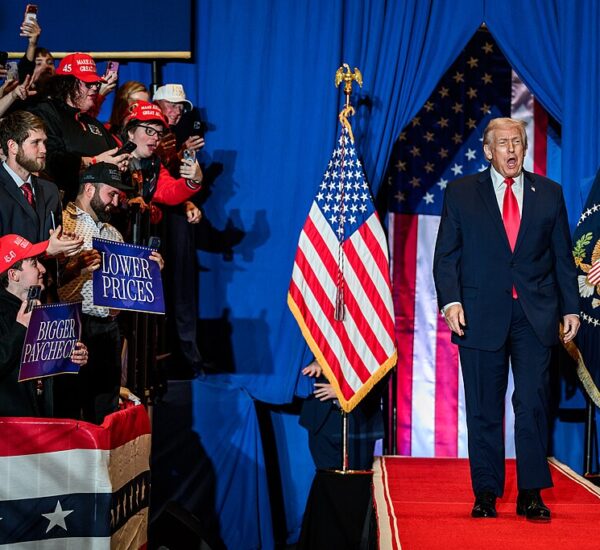What Will Happen If Supreme Court Backstabs Trump
If the Court Strikes Down Trump’s Tariffs, It Could Cost the U.S. Billions — and Open the Door for China to Win Big
The Supreme Court is now weighing one of the most consequential cases of President Donald Trump’s tenure — whether his America-First tariffs can legally remain in place.
At stake: billions of dollars, the future of American manufacturing, and the President’s power to defend the nation’s economy from foreign manipulation.
If the justices side with Trump, it would cement a historic expansion of presidential authority and preserve the tough trade stance that revitalized American industry.
If they rule against him, it could unleash economic chaos — forcing massive refunds, halting trade protections, and handing leverage right back to China.
Justice Amy Coney Barrett didn’t mince words during arguments: overturning the tariffs could create, in her words, “a mess.”
💰 Billions in Refunds, Endless Red Tape
A Supreme Court defeat could force Washington to refund tens of billions in tariff revenue collected under Trump’s “America First” policies.
Lower courts had already tried to strike the tariffs down, but Trump’s team convinced them to pause — warning that issuing refunds too early could be disastrous if the Supreme Court later sided with the President.
Refunds for small businesses are the easy part. The rest would face a mountain of bureaucracy — forms, protests, and months (if not years) of waiting.
Even Justice Barrett admitted: “So, a mess?”
The attorney challenging the tariffs agreed: “It’s difficult — absolutely.”
U.S. Trade Representative Jamieson Greer told Fox News that if the Supreme Court sides against President Trump, he plans to forward the matter to the Treasury Department so it can begin handling potential refund payments.
“There will be a flood of importers demanding their money back,” Greer explained, adding that the administration will need to coordinate with the court to determine a repayment timeline and clarify what claims the government may still have over those funds.
Meanwhile, new lawsuits are already pouring in as companies rush to secure refunds.
One auto parts firm, Turn5, said in a fresh filing that importers aren’t guaranteed a refund “unless they win their own judgment.”
This wouldn’t be the first refund fight — a similar 1998 Supreme Court case over a harbor tax took two years to resolve. But back then, the total was about $750 million.
This time? Over $100 billion in tariff revenue is on the line — and President Trump warns it could spiral into “trillions.”
“A loss would turn the United States into a third-world country,” Trump said. “I can’t imagine anyone would want to do that kind of devastation to our country.”
⚙️ Trump’s Backup Plan: Find New Legal Firepower
If the Supreme Court rejects Trump’s use of the International Emergency Economic Powers Act (IEEPA), he’ll have to pivot — fast.
But legal scholars say there’s no shortage of other trade tools he can use to keep protecting American workers and industries.
Here’s what’s still on the table:
- Section 122 of the Trade Act of 1974 – Temporary tariffs up to 15% for 150 days to fight unfair trade imbalances.
- Section 201 – Tariffs if imports threaten “serious injury” to U.S. manufacturers.
- Section 232 – Restrictions on imports that threaten national security.
- Section 301 – Duties in response to unfair or discriminatory foreign practices.
- Section 338 of the Tariff Act of 1930 – Tariffs up to 50% if foreign nations discriminate against U.S. goods.
At the conservative Federalist Society Conference, legal expert John Yoo, a former clerk to Justice Clarence Thomas, said Trump “can recreate much of what he wants to do” through these provisions.
National security attorney Nazak Nikakhtar agreed, noting that while IEEPA looks “different,” Trump still has a strong legal footing to protect American industries from foreign abuse.
Justice Samuel Alito acknowledged the administration might use new routes — but warned it could trigger another wave of lawsuits.
“We get up to a trillion?” he asked. “That’s what you’re suggesting?”
🏛️ What’s Really at Stake
For President Trump, this isn’t just about tariffs — it’s about America’s right to stand on its own feet.
A ruling against him would cripple his ability to act swiftly against foreign threats. A ruling in his favor would reaffirm his promise to put American workers first.
Either way, the decision will shape the future of U.S. trade policy — and presidential authority — for decades to come.
“I’m going to hope that we win,” Trump said. “I can’t imagine that anybody would do that kind of devastation to our country.”







It is the Biden Presidency we are still trying to recover from!